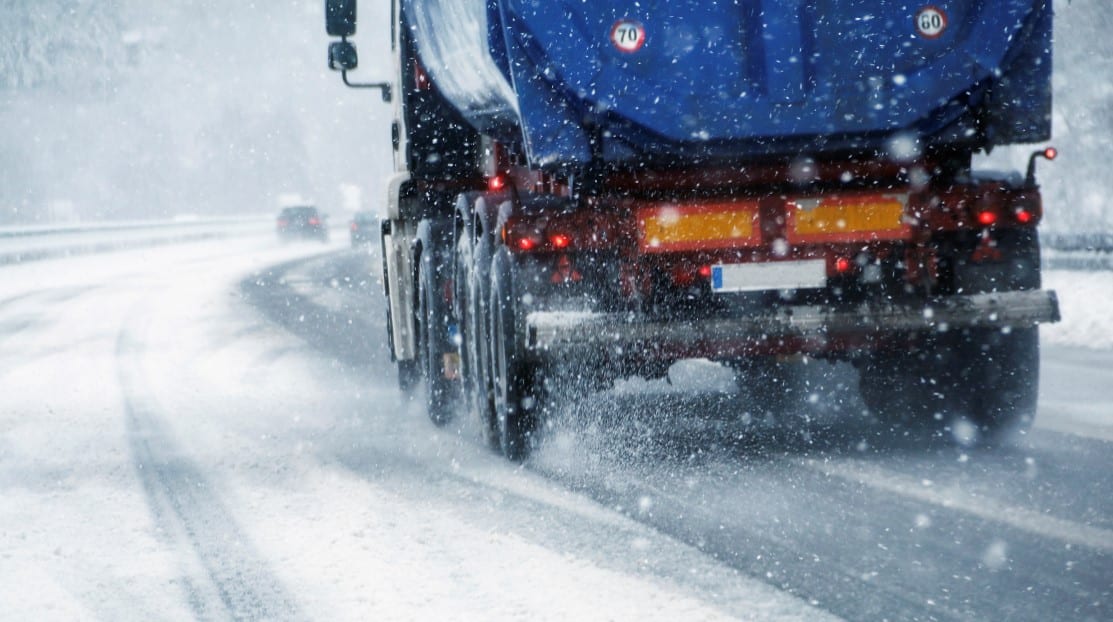The new year’s winter storms have put shipments and supply chains into a deep freeze throughout much of the country. A massive nor’easter, or “bomb cyclone,” brought a foot or more of snow, hurricane winds, icy roads, and flooding to New York, Boston, and coastal areas while the south grappled with freezing rain and snow earlier this month. Meanwhile, the Midwest has just emerged from a two-week cold spell that shattered records in dozens of cities.
Given the treacherous conditions, supply chains continue to struggle with winter’s icy wrath:
- Closures. Many roads, seaports, and airports were closed due to ice, wind, and other dangerous conditions. This limited freight flow significantly and the effects continue today.
- Capacity. Trucking capacity is difficult to find because many trucks are still off the roads.
- Stock Outs. Store shelves are quickly emptying as people deal with outages and lingering conditions, and prepare for potential new storms ahead.
- Lead Times. Lead times are unpredictable and often tight because volume is piling up.
- Rejected Loads. Routing guides are disrupted as more loads get rejected.
- Delayed Shipments. Areas to the west will suffer delays from shipments coming from affected areas, while those in storm-battered regions will have difficulty getting deliveries due to floods, outages, and other issues.
- Rising Costs. The ripple effects from all of the above lead to increased demand, reduced supply, and consequently, increased transportation costs (Logistics Viewpoints).
Prepare Supply Chains for Winter Weather
The bomb cyclone and other January storms will leave a mark on US supply chains for some time, but these tips can help you prepare for the next one and avoid disruption:
- Choose a 3PL with strong carrier relationships. In a tight capacity market, a 3PL can offer agility, scalable capacity, and reliable coverage with the right network in place.
- Monitor weather reports and road conditions, and alert supply chain partners proactively. Make sure to share information and feedback with one another to minimize issues.
- Make sure carriers have tracking capabilities in place to ensure visibility at all times.
- Pad shipping lead times when possible, to accommodate potential route and mode changes as the need arises and ensure your customers are aware of any disruptions.
- Explore intermodal or other substitute transportation options ahead of time to understand realistic “Plan B” approaches.
- Work with your sales and buying teams to increase your shipping budget, which will help ensure reliable coverage and the successful execution of deliveries.
- Communicate with your carriers and end-to-end supply chain partners so that all members are prepared for the next big storm. It’s important to remember that driving a truck through regions with snow and ice can be extremely hazardous. Regardless of your role, driver safety should be of utmost importance whenever inclement weather hits.
Capstone Prepares Shippers for Winter Weather
Will you be ready when Mother Nature makes her blustery return? Leveraging a trusted and scalable carrier network, 24×7 support, and deep transportation expertise, Capstone can help you prepare your supply chain for the worst conditions, so you can rest easy under stormy skies.

